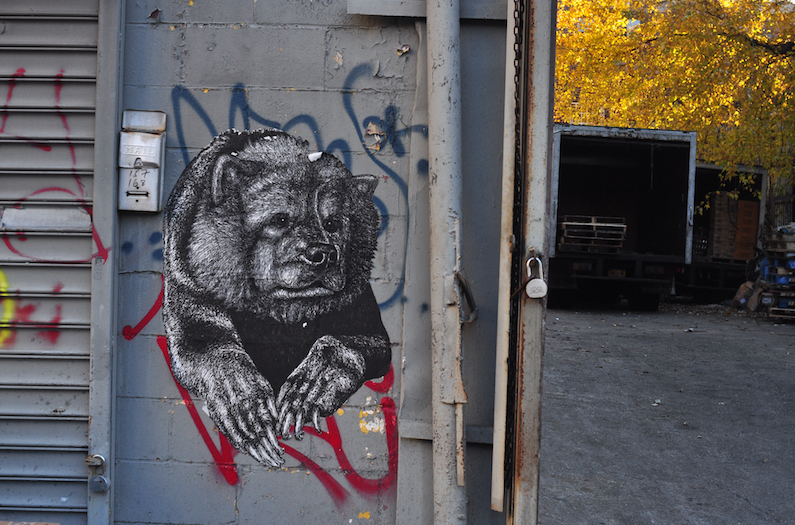The unappreciated urban wilds

By Brandon Kaim | Anthropocene Magazine
In many parts of the world, urban nature is experiencing a renaissance. Stories abound of biodiversity in cities, vegetated infrastructure, the psychological benefits of greenery. But one aspect of urban nature remains underappreciated: wildness. Places where nobody is telling nature what to do. Where it’s not landscaped or improved or turned to human ends. “There is not a lot of awareness of these wild spaces in cities,” says Dave Kendal, an ecologist at the University of Melbourne, “so hopefully this paper will raise awareness a bit more.”
The paper to which Kendal refers, published in the journal Urban Forestry & Urban Greening and co-authored with fellow Melbourne ecologist Caragh Threlfall, is a review of the ecological and social roles played by wildness in cities. The researchers make a crucial distinction between wilderness, which is a function of scale and by definition absent from cities, and wildness, which is defined by “an absence of ongoing human intervention” and the freedom of organisms to behave naturally. Remnant vegetation, abandoned lots and so-called wastelands, railway verges and large old trees and derelict land, ranging in size from a median strip’s scraps to thousands of post-industrial acres. These are wild, say Kendal and Threlfall, and they are vital.
Continue reading this article on Anthropocene Magazine.
